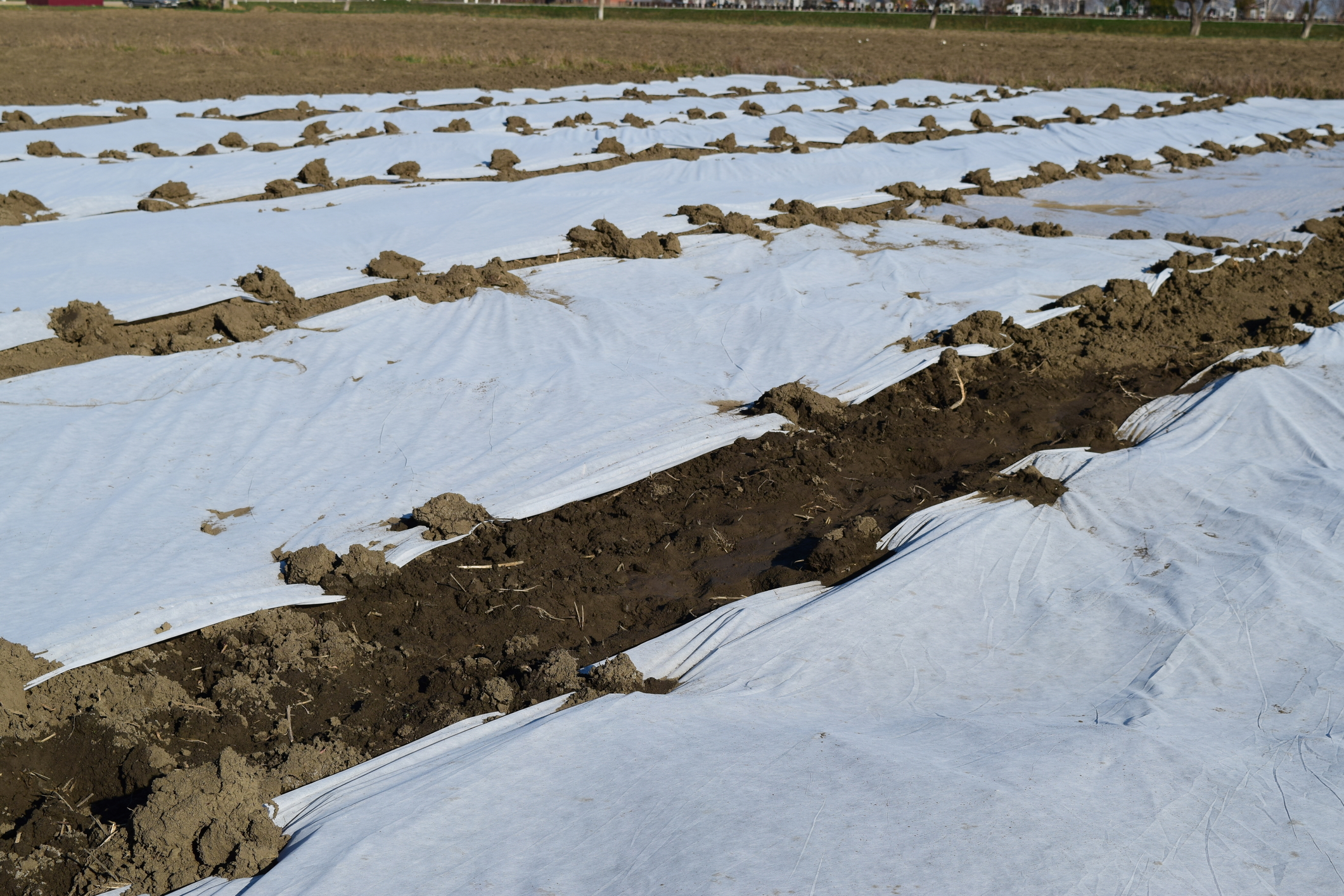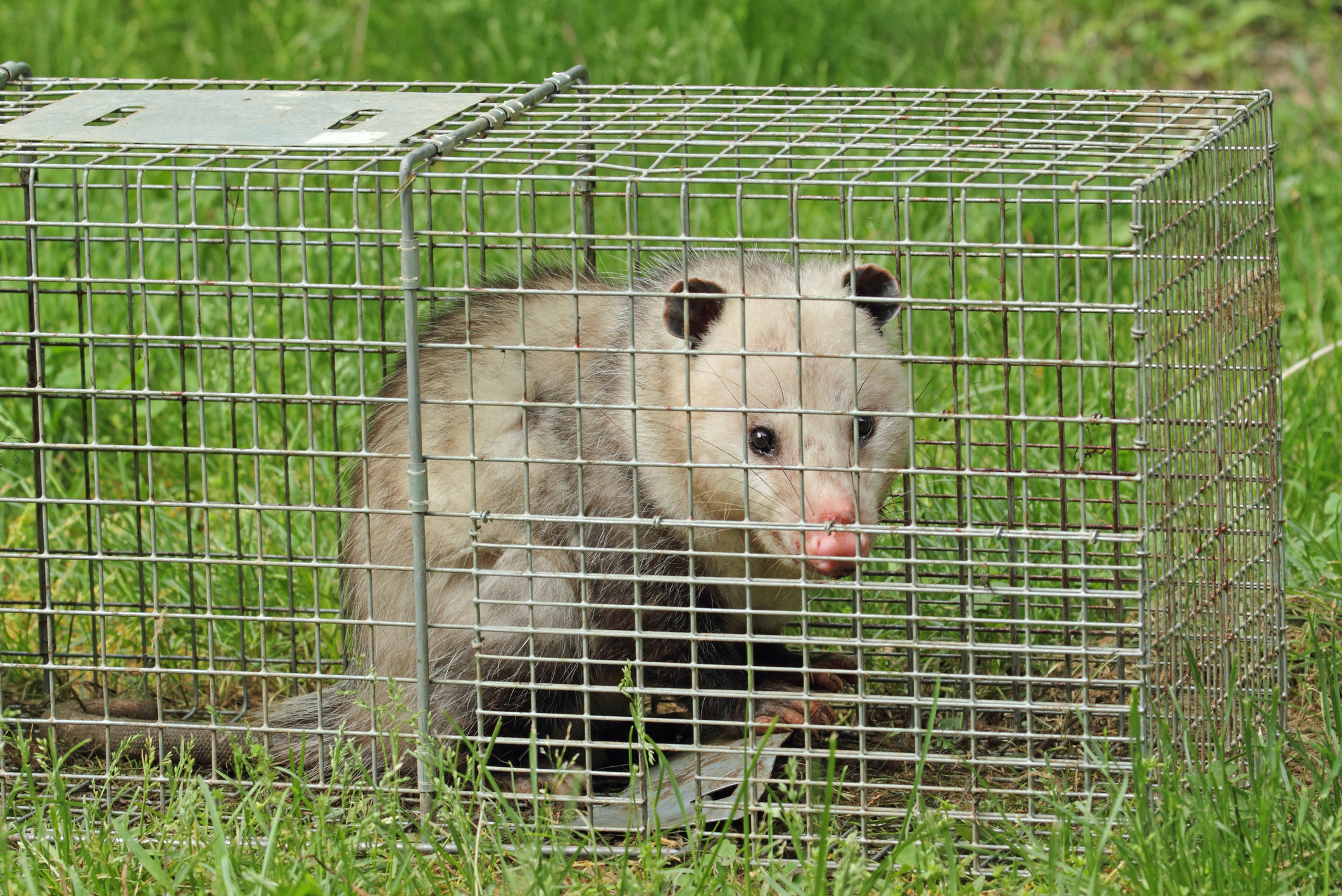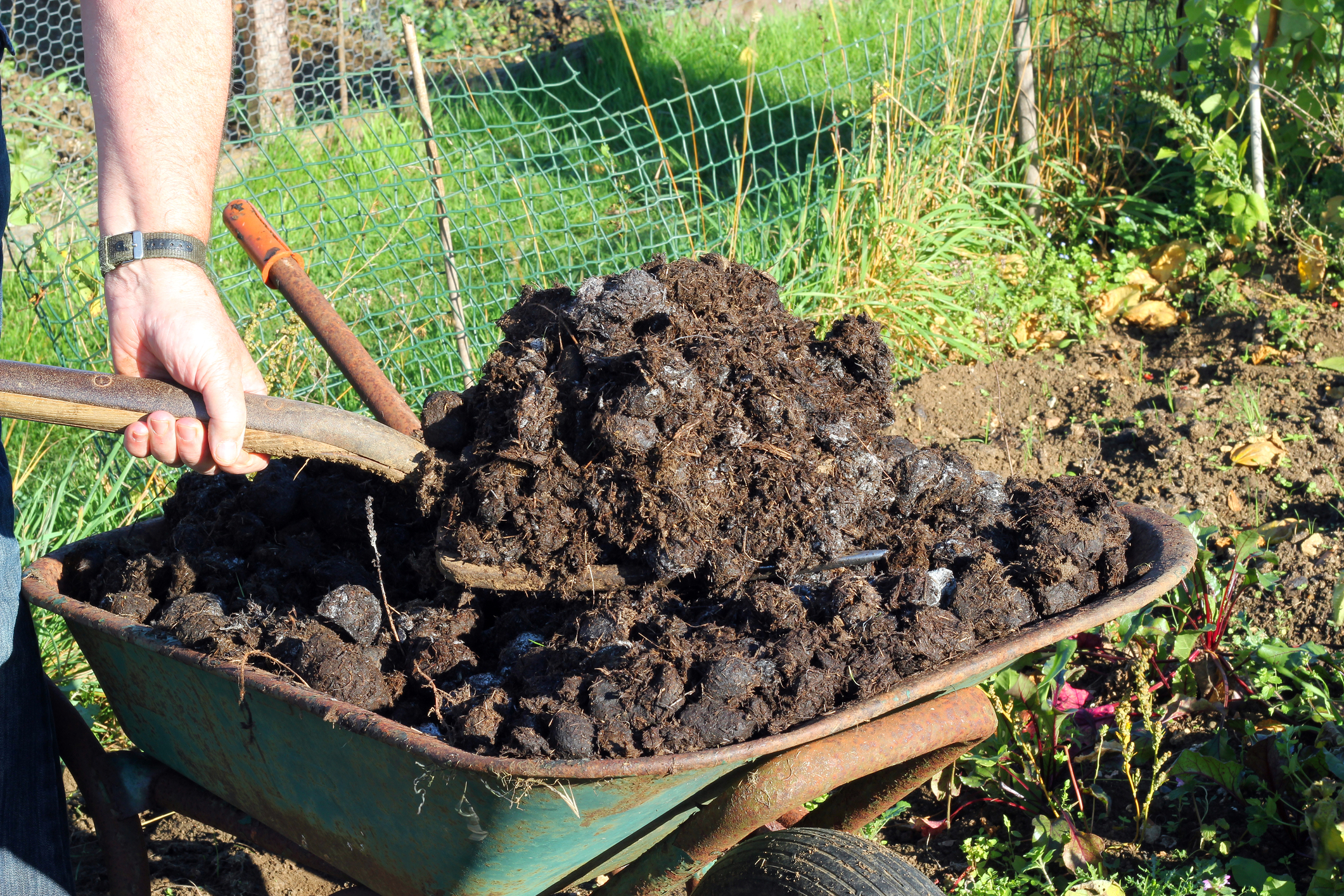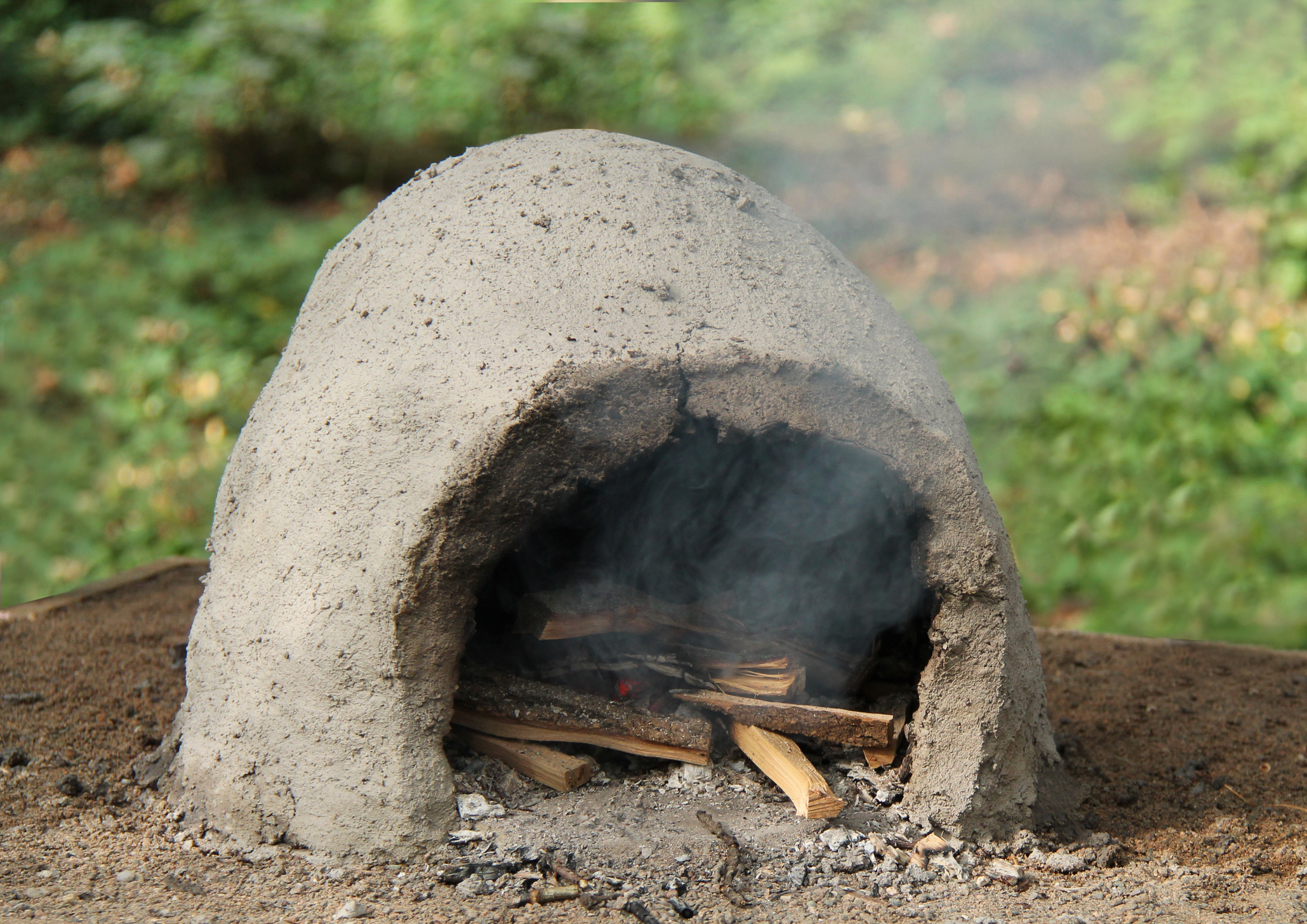No Waste Chicken Feeder
Chickens can be messy and needy. They throw their food all over the place and then squawk at you until you give them more. This is no reason not to place a chicken coop in your backyard though. They do give you plenty of eggs and some meat. And chickens can make interesting companions, even … Read more








